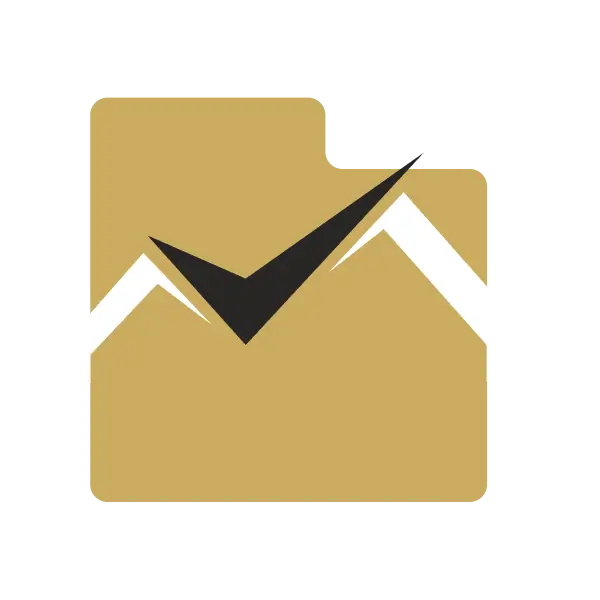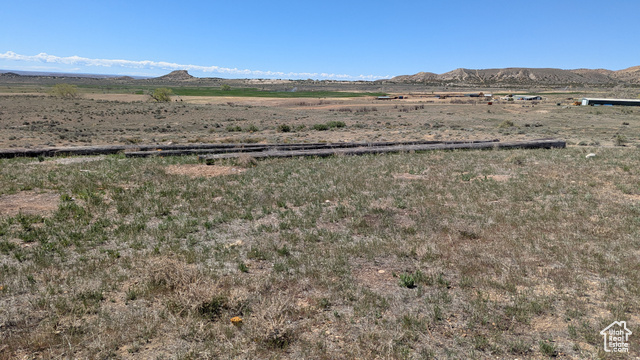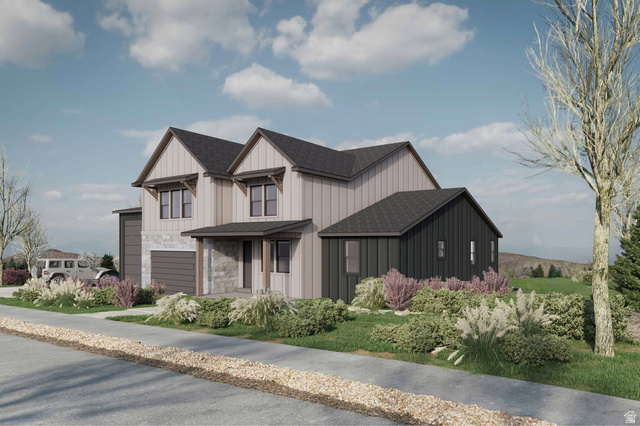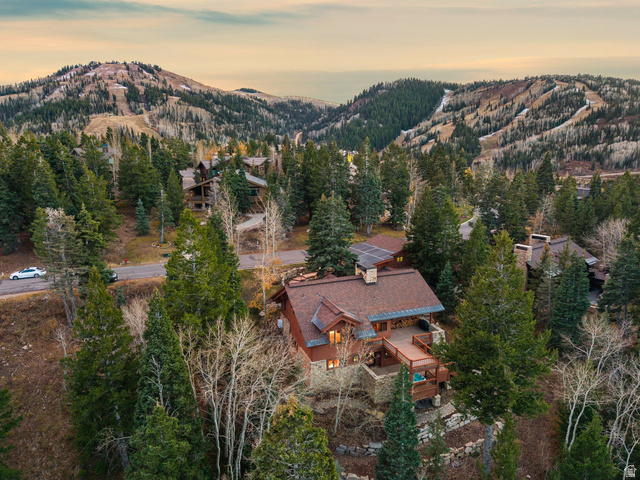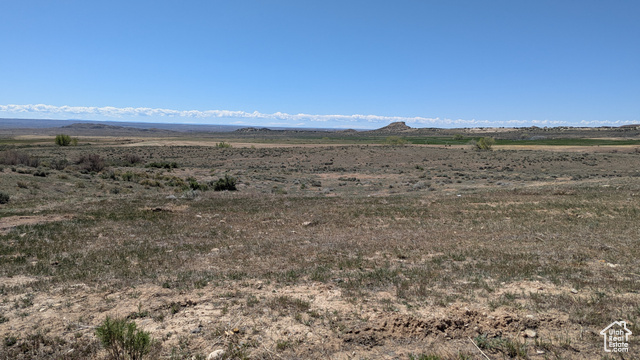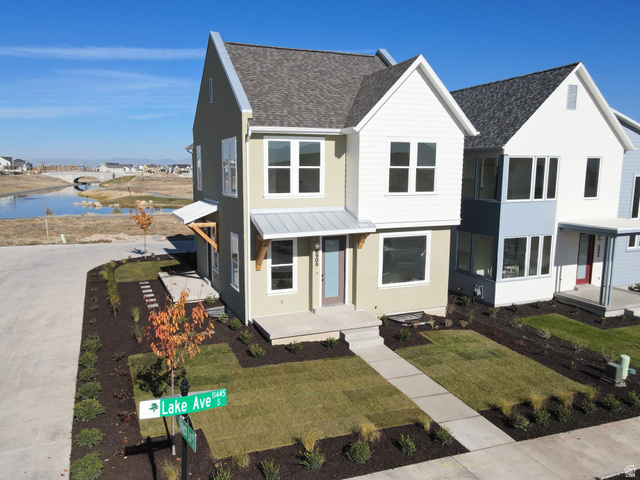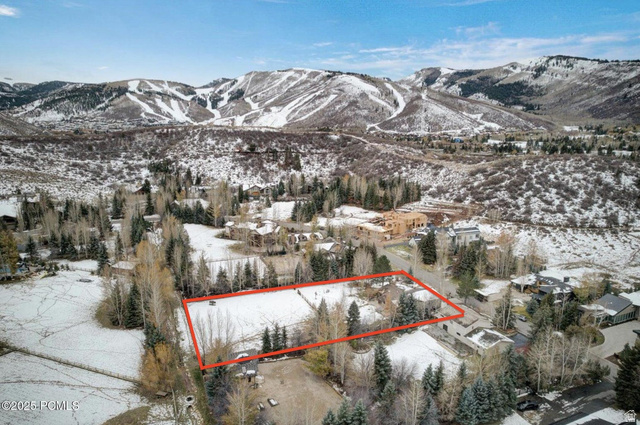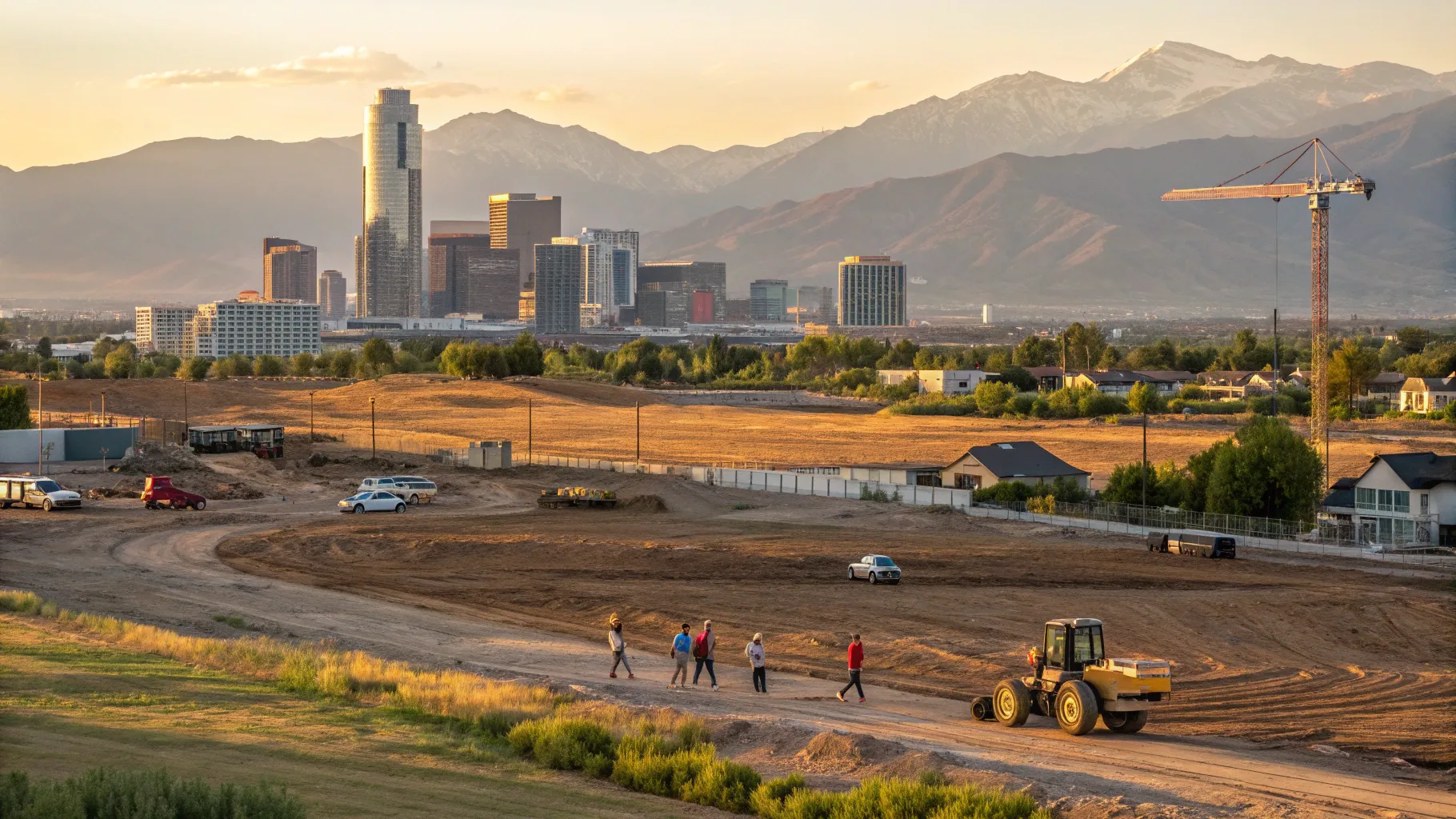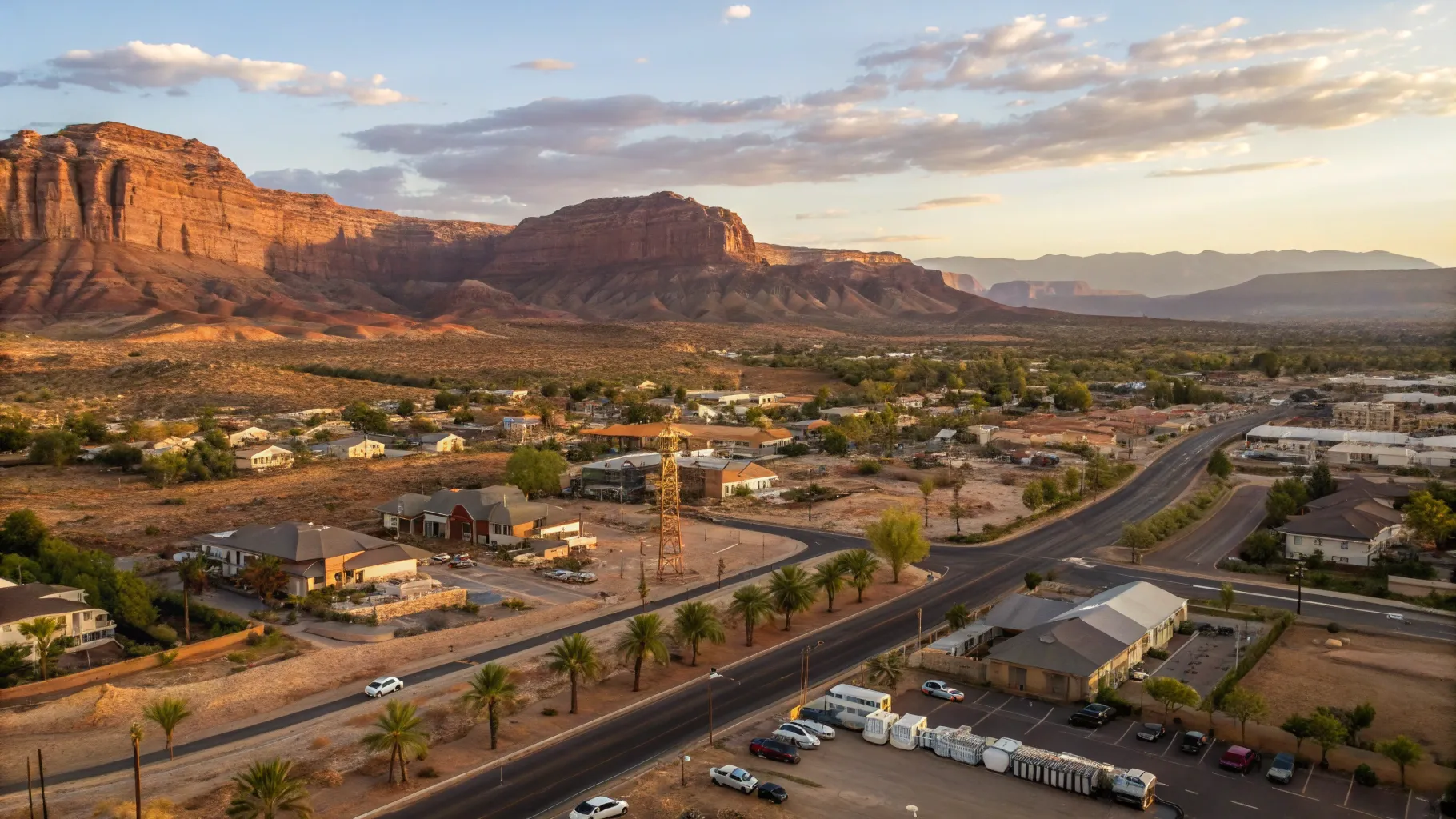Explore eight Utah growth zones—from downtown Salt Lake City's high-rises to the Silicon Slopes and outer-ring land plays—and what buyers, sellers, and investors should expect over the next 5–10 years.
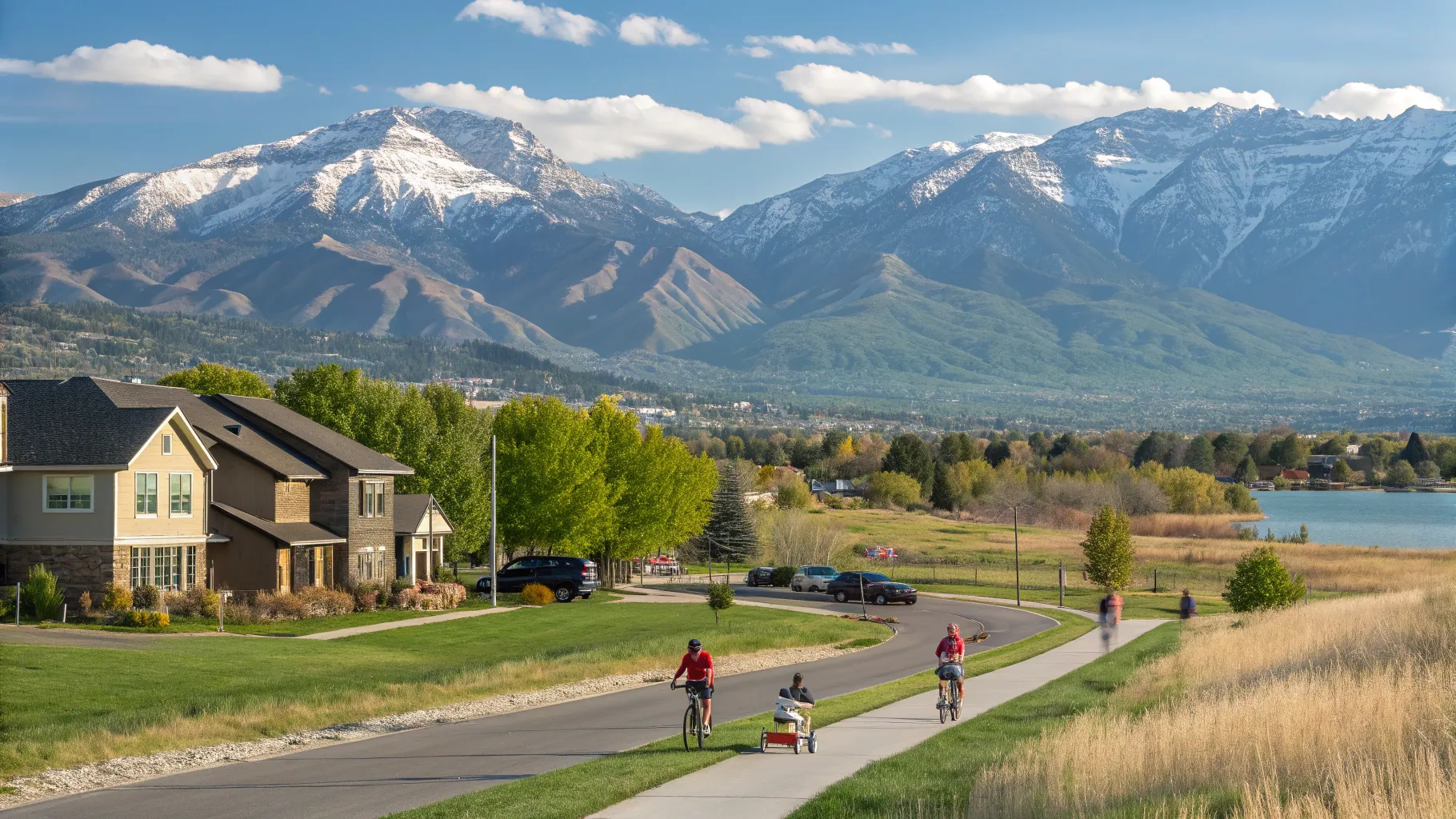
Utah continues to attract families, professionals, retirees, and investors drawn to its scenic landscapes, expanding job market, and strong sense of community. This article breaks down the real advantages and disadvantages of living in Utah — from outdoor recreation and tax structure to weather patterns and housing pressures — so prospective movers and real estate seekers can make an informed decision.
Outline
- Introduction to Utah’s appeal
- Major advantages: outdoors, jobs, taxes, culture, and education
- Main drawbacks: weather, air quality, dryness, elevation, and rapid growth
- Real estate and moving considerations
- Who thrives in Utah — and who might not
- Practical relocation tips
- FAQ
Why Utah Ranks High: Key Advantages
Utah often ranks near the top of “best places to live” lists for several measurable and experiential reasons. One primary draw is the unparalleled outdoor lifestyle: world-class skiing in northern mountain resorts and dramatic red-rock landscapes and national parks in the south offer year-round recreational options for hikers, bikers, boaters, golfers, climbers and families who value accessible nature. These outdoor amenities translate into strong lifestyle appeal that supports tourism, hospitality, and lifestyle-oriented businesses.

Economic fundamentals also bolster Utah’s attractiveness. The unemployment rate is notably low — under 3% — creating a favorable job market. Diverse sectors such as healthcare, construction, technology, retail, and startups provide employment opportunities across experience levels. For remote-friendly professionals and entrepreneurs, Utah’s supportive small-business environment and growing tech scene make it a compelling base for new ventures.
Tax structure is another practical advantage. The state’s flat income tax rate is approximately 4.55%, and property tax burden for primary residences is generally low (around half a percent of assessed value in many cases), with higher rates often applying to secondary homes. These tax characteristics can make long-term ownership and retirement planning more predictable compared with states that have higher income or property taxes.
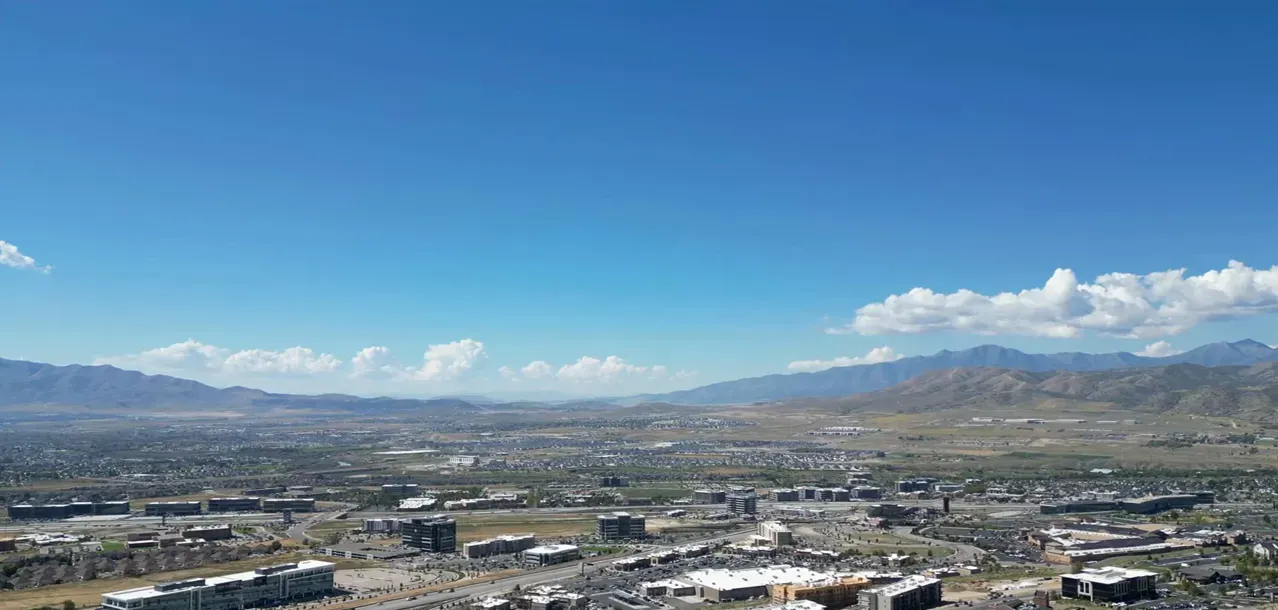
Culture and community patterns help explain Utah’s wide appeal. The state is often perceived as family-friendly and relatively conservative, with many communities emphasizing safety, community programs, and local schools. Strong educational options include public, charter, and state-school opportunities — plus substantial in-state tuition savings for residents at Utah’s public colleges and universities, an important factor for families planning higher-education costs.
Main Drawbacks: Things That Make Some People Hesitate
Utah is not without trade-offs. Climate and weather differences between northern and southern regions create distinct challenges. Northern Utah experiences four seasons with significant winter snow that requires snow removal and frequent winter driving. Snowfall can persist from late fall through early spring, and occasionally snowfalls occur late in the season in higher elevations. For residents unaccustomed to winter driving or snow maintenance, this can be a major adjustment.
Conversely, southern Utah territories face prolonged summer heat. July and August can produce consecutive days with triple-digit temperatures; mornings may feel mild, but afternoons often exceed 100°F for extended stretches. This extreme heat can affect outdoor plans, energy use, and lifestyle choices for people sensitive to high temperatures.
Air quality is another consideration. Periodic temperature inversions — most commonly in the Salt Lake Valley during winter — can trap smog and particulates near the surface, creating persistent, unhealthy air for several days until weather systems clear the layer. Those with respiratory conditions should evaluate seasonal air-quality forecasts and local health advisories when choosing neighborhoods.
Utah’s high-altitude and low-humidity environment can also impact health and comfort. Dry air contributes to skin issues and respiratory dryness for some residents, and increased elevation in many mountain communities can cause adaptation challenges for people with certain medical conditions.
Real Estate and Growth: Market Impacts
Rapid population growth across Utah has produced both opportunity and pressure in the real estate market. Demand has driven home prices higher and contributed to increased traffic and congestion in urban corridors. For buyers and investors, this can mean appreciating asset values, but it also reduces affordability for first-time buyers in hot markets, increases commute times, and places pressure on local infrastructure.
Market participants should weigh trade-offs: pockets of strong appreciation and rental demand exist in commuter-friendly suburbs and resort-adjacent towns, while more affordable options remain in outlying communities. Assessments for potential buyers should include commute patterns, school availability, and planned infrastructure projects that might affect long-term property value.
Who Thrives in Utah — and Who Might Reconsider
Utah suits a variety of profiles. Families seeking strong schools, retirees looking for community-oriented 55+ neighborhoods, outdoors enthusiasts wanting easy access to recreation, and investors seeking growth markets all find compelling reasons to choose Utah. Conversely, those unwilling to tolerate winter driving, extreme summer heat, periodic air-quality events, or higher housing costs in fast-growing regions may find Utah less ideal.

Practical Tips for Relocating to Utah
- Visit during multiple seasons to assess seasonal weather, air quality, and commute patterns.
- Research school enrollment policies — many districts offer open or flexible enrollment but availability varies.
- Compare housing affordability across regions and factor in property-tax differences between primary and secondary residences.
- Consider elevation and humidity differences for health-sensitive household members.
- Plan for transportation: evaluate traffic flows and public-transit options if commuting to urban centers.
Resources
For a comprehensive property search and market overview, visit https://bestutahrealestate.com.
Official state resources and updates are available at https://utah.gov for information on state services and statistics.
Conclusion
Utah offers a compelling blend of natural beauty, economic opportunity, and community-oriented living that fits many lifestyles — from outdoor enthusiasts to families and retirees. Yet the state’s seasonal extremes, periodic air-quality issues, dryness, elevation effects, and rapid growth create meaningful trade-offs. Prospective movers and real estate investors are encouraged to visit multiple seasons, research neighborhoods and schools, and align expectations with personal priorities to determine whether Utah is the right long-term fit.
Frequently Asked Questions
Is Utah affordable compared to other Western states?
Affordability varies by region and household needs. While Utah benefits from relatively low property-tax rates and a moderate flat state income tax (about 4.55%), rapid population growth has pushed home prices higher in many markets. Prospective buyers should compare neighborhood-level pricing, commute costs, and local amenities to determine affordability versus other Western states.
How severe is winter weather in northern Utah?
Northern Utah experiences true four-season weather, with snowfall commonly occurring from mid-December through March and occasional late-season snow in higher elevations. Winter driving, snow removal, and cold-weather preparedness are necessary for residents in many northern communities.
Do southern Utah summers pose health or lifestyle challenges?
Southern Utah regularly sees extended periods of high temperatures in summer, often exceeding 100°F in July and August. These conditions increase cooling costs and may limit midday outdoor activities; however, mornings and evenings are frequently pleasant for recreation.
Are schools generally strong in Utah?
Many areas in Utah offer strong public and charter schools, plus the option of dual enrollment and open enrollment between districts when space allows. State universities typically offer lower in-state tuition for residents, which is an advantage for families planning higher education.
How should investors approach the Utah real estate market?
Investors should evaluate supply-demand dynamics locally: resort towns, commuter suburbs, and expanding urban corridors often show strong appreciation and rental demand, while affordability may favor markets farther from major employment centers. Consider long-term infrastructure plans, zoning changes, and seasonal tourism factors when modeling returns.
